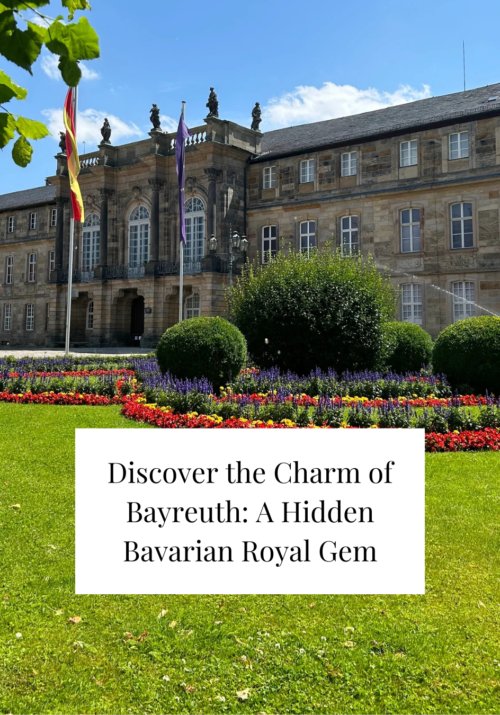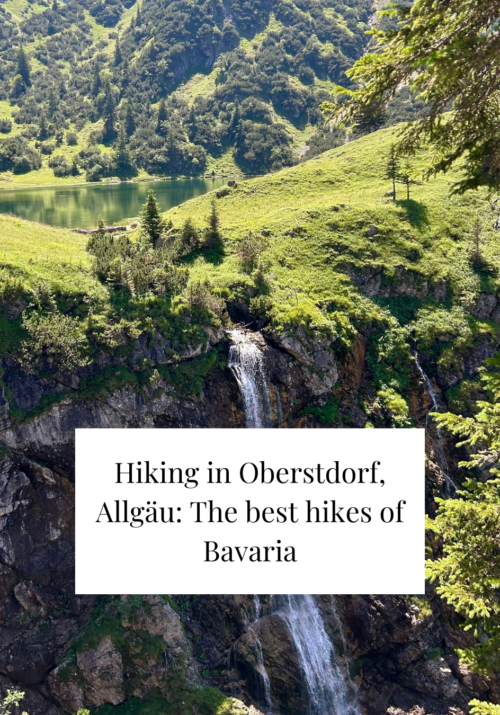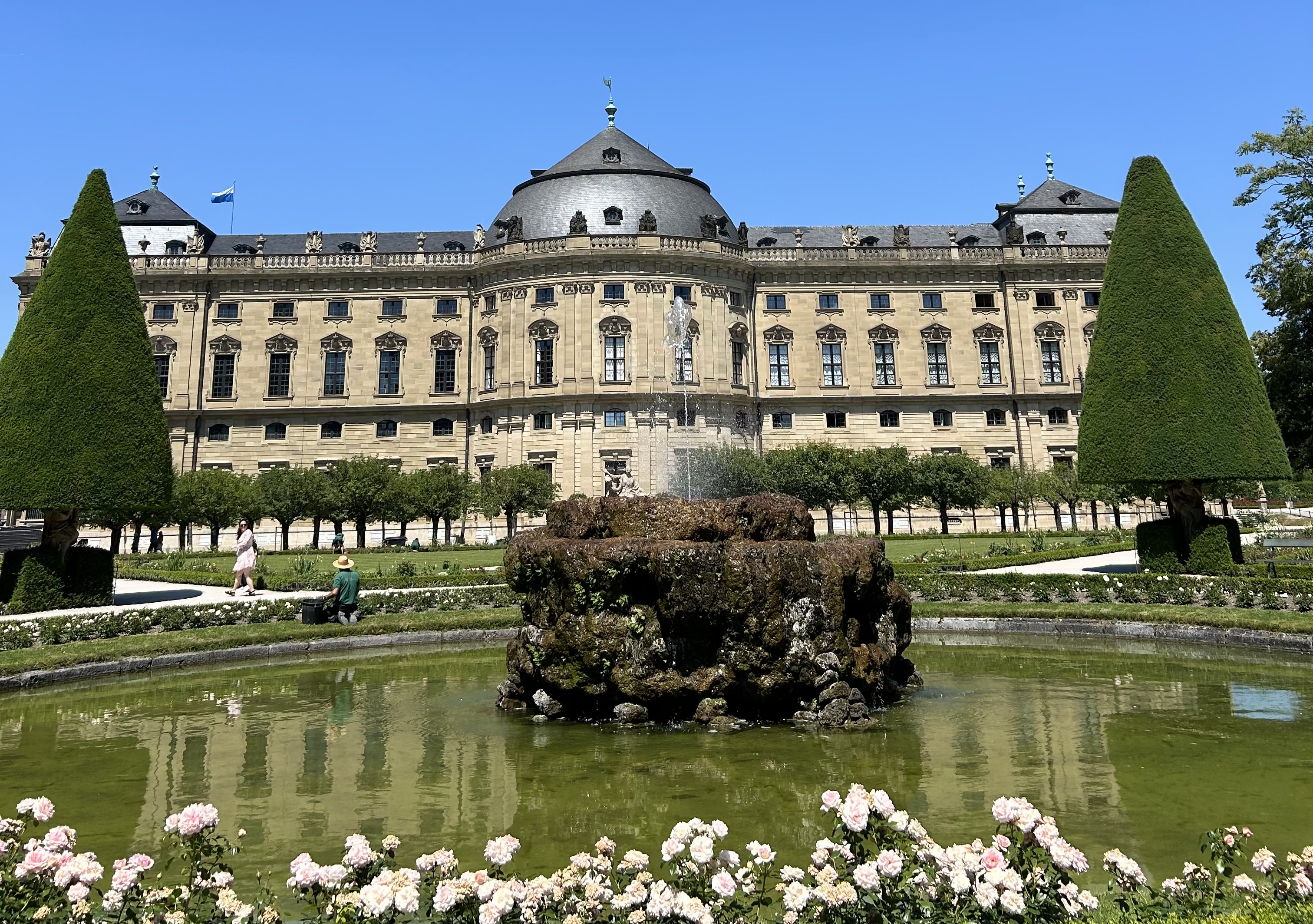
Located in the heart of Bavaria, Würzburg is a charming city with a rich history and stunning architecture. Whether you’re exploring its stunning palace or devouring local treats, Würzburg is worth exploring.
It’s worth mentioning that about 90% of the city was destroyed in just 17 minutes during world war II by firebombing from 225 British bombers on the 16th of march 1945. The city centre, which mostly dated from medieval times, was destroyed and most monuments were heavily damaged. On 3 April 1945, Würzburg was occupied by the U.S. army who took base in the Würzburg residence.
Here are seven must-do activities to make the most of your visit to this Bavarian gem.
Würzburg Map
To navigate Würzburg and ensure you don’t miss any of its highlights, familiarize yourself with the city’s layout. Key attractions are conveniently located within walking distance of each other, making it easy to explore this picturesque city during a day-trip.
Things to Do in Würzburg
1. Würzburg Residenz
No visit to Würzburg is complete without visiting the iconic Würzburg Residenz (Würzburg palace). Stunning baroque architecture and rich history make up this royal residence that, unlike most other bavarian castles, was built in its entirety, almost within a single generation between 1720 and 1744. The former home of the prince-bishops of Würzburg has over 40 rooms open for visitors and has been a UNESCO World Heritage Site since 1981.
Fun fact: did you know that Napoleon slept here for one night in May 1812 on the way to his invasion of Russia?
As a result of the air raid of Würzburg on march 16th 1945, the residence was almost completely burnt down. Only parts of the palace have been restored, and the rest of the rooms are today a small museum for the destruction of the palace, showing pictures of the ruins.
Opening hours:
April-October: 9am-6pm
November-March: 10am-4.30pm
Entrance fee: €9
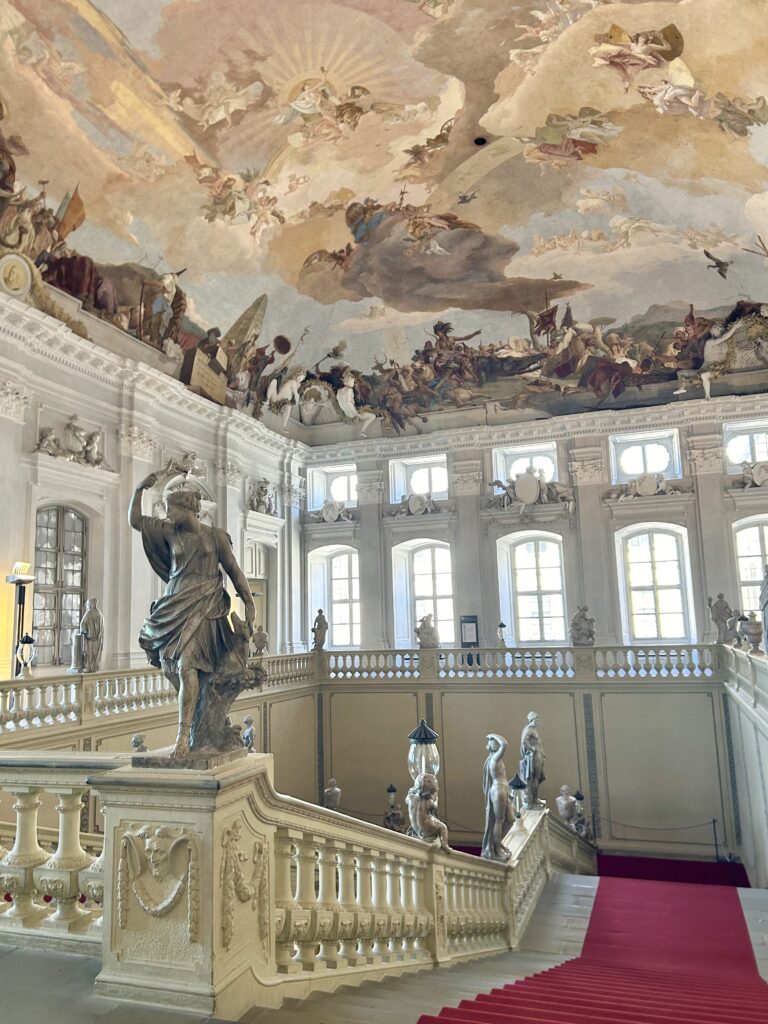
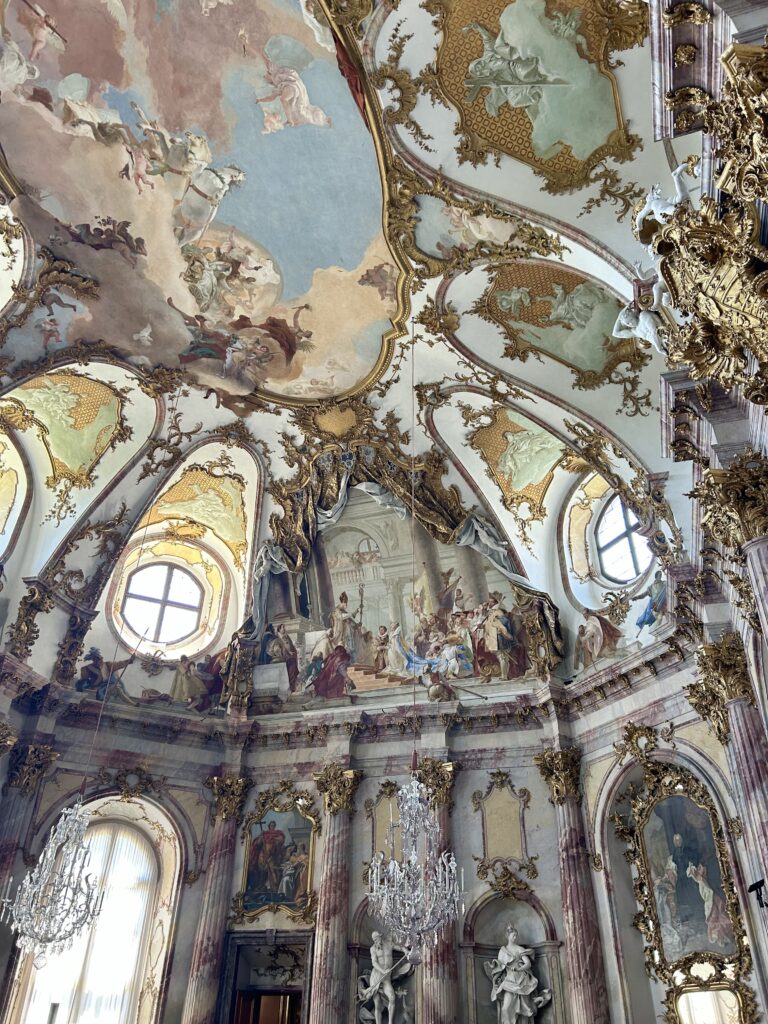
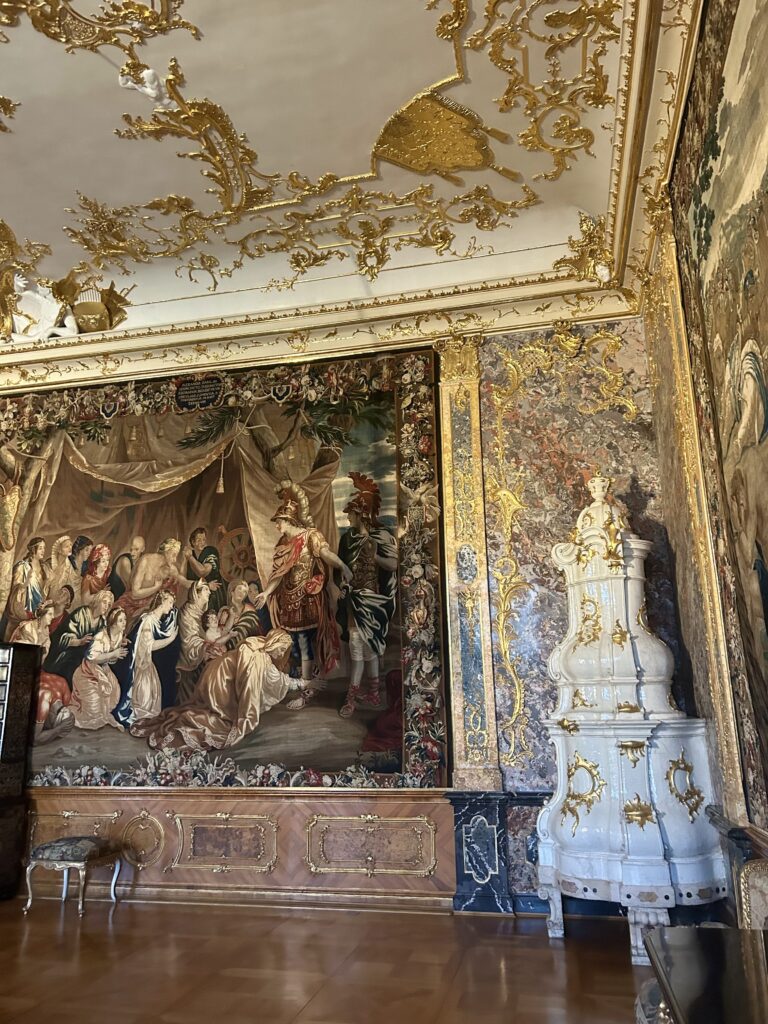
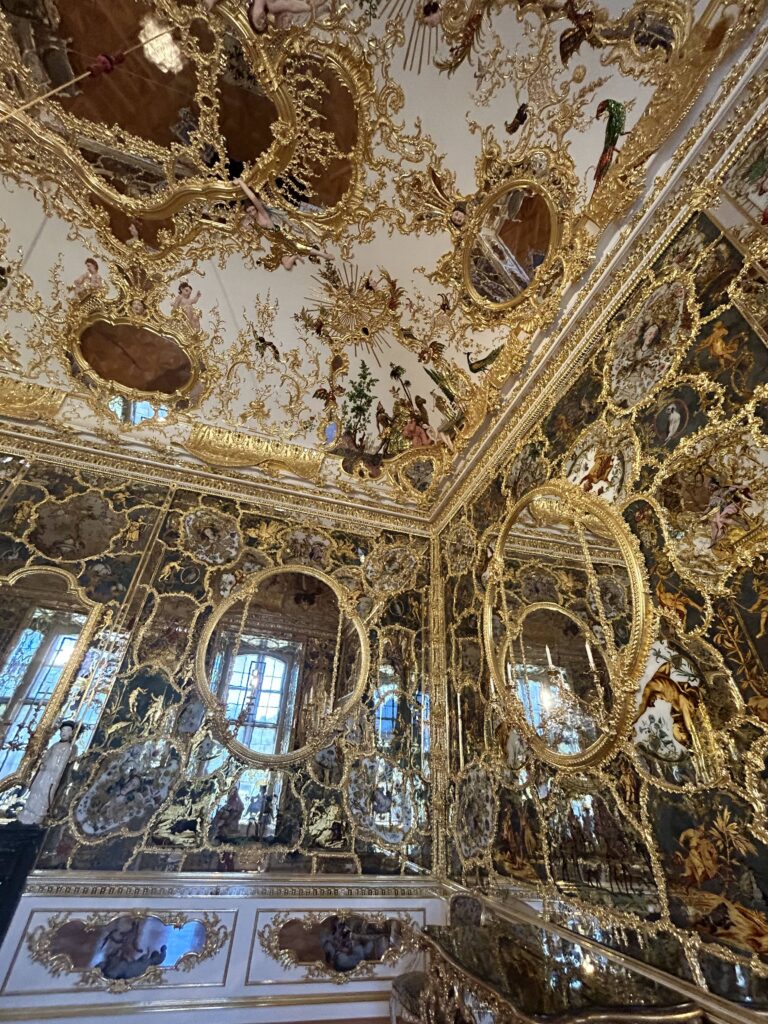
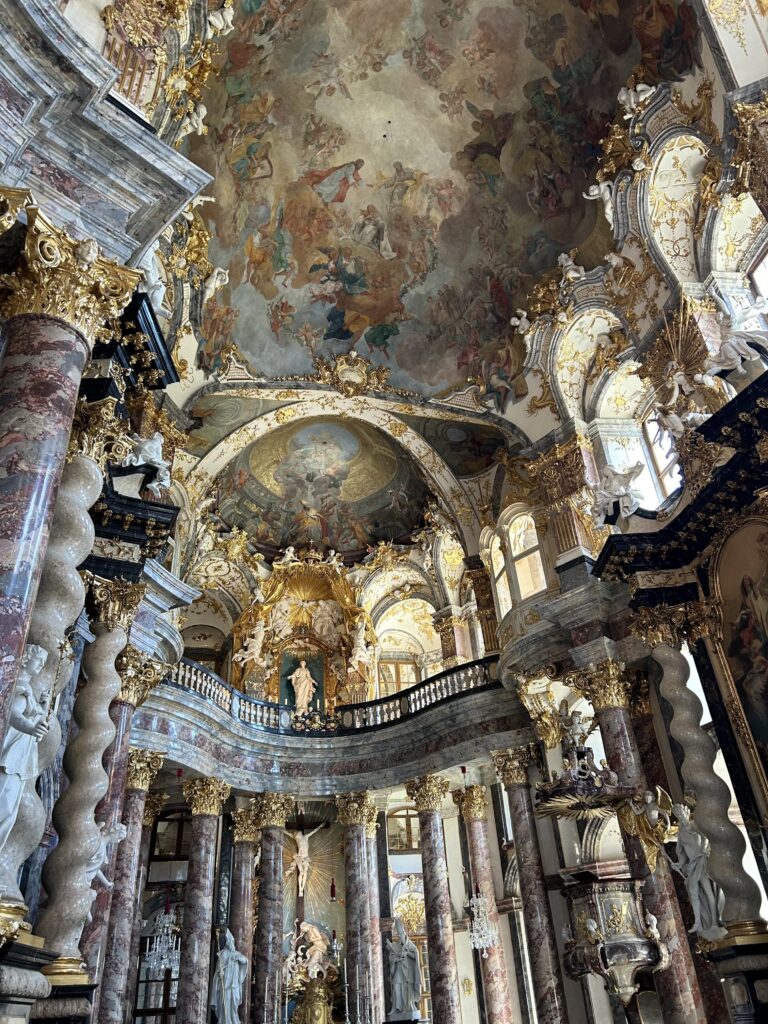
The Würzburg Palace Church
The palace church is not only insanely decorated but also free to visit!! You don’t even have to buy a ticket for the residence to enter! Located on the side of the Würzburg Palace this Church is a must-see.
2. Marienberg Fortress
Built high on a hill, the Marienberg Fortress is a bit far from Würzburg old town but still a dominant landmark. The core of the Marienberg Fortress is the Marienberg castle and church – dating from the early 13th century. For half a millennium (from around 1250 to 1720) the Marienberg was the ruling seat of the Würzburg prince-bishops, who also held the title of Duke of East Franconia.The fortress offers panoramic views of the city and the surrounding countryside making the climb worth it. If you don’t have the knees or time to walk your way to the fortress, it’s possible to go by bus.
Marienberg Fortress/ outdoor area opening hours
April-October: 9 am-6 pm (closed Mondays)
November-March: 10 am-4.30 pm (closed Mondays)
Entrance fee: €4
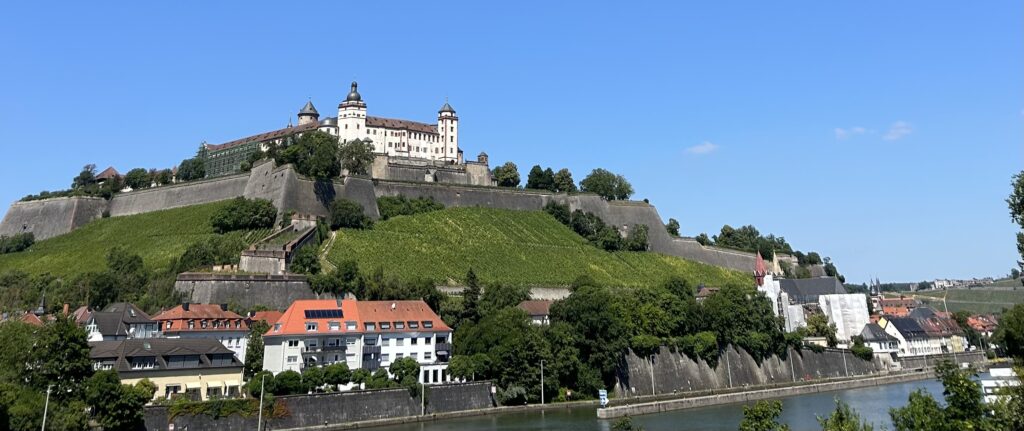
3. Würzburg Cathedral
Würzburg Cathedral, also known as St. Kilian’s Cathedral, is another architectural marvel. Its Romanesque design and impressive interiors make it a key stop on your Würzburg tour. The construction of the cathedral began in 1040, and was completed in the mid-1200s. Unfortunately, like much else in Würzburg, it burned in 1945, but was re-built in 1967.
Opening hours: daily 7am to 5.30pm
4. St. Mary’s Chapel Würzburg
Right on the market square of Würzburg stand the giant red and white Mary’s Church (or Marienkapelle). I was honestly shocked when I turned a corner and saw the church! Located in the heart of the city, St. Mary’s Chapel was built between the mid-1300s and 1480 and is renowned for its beautiful gold carvings and architecture.
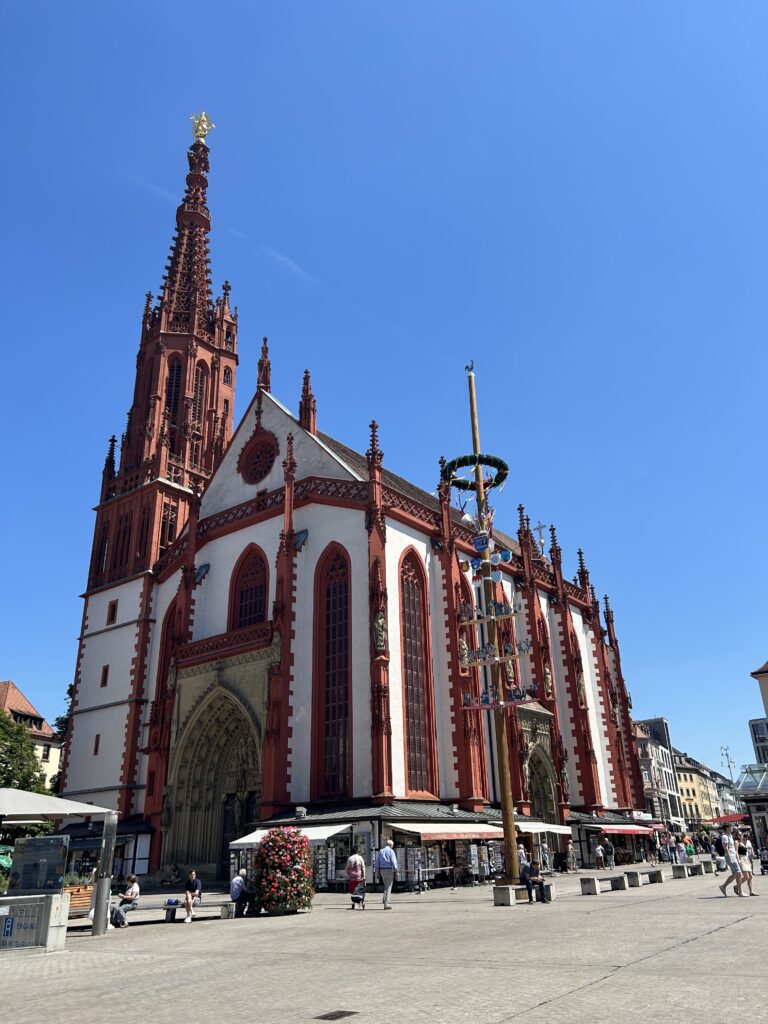
5. Käppele Sanctuary
The little chapel (The Käppele Sanctuary) is a pilgrimage church situated on a hill overlooking Würzburg. The little church was built in the 18th century and is famous for its rococo architecture and peaceful atmosphere. It is a long hike up but the reward of a a panoramic view of Würzburg makes it worth it (it is also possible to take a bus up here).
6. Falkenhaus
The Falcon house (Falkenhaus) is located just behind st. Mary’s chapel and is mostly known for its vibrant yellow facade, which dates from 1751. During the air raid on Würzburg on March 16, 1945, the Falkenhaus building was completely burned down and parts of the facade collapsed.
It was later re-built and since 1952, the Falkenhaus has housed the Würzburg tourist information office with ticket service and the city library.

7. Pfarrkirche St. Peter und Paul
Located in the heart of Würzburg, the Catholic parish church of St. Peter and Paul is a historical and architectural gem. This church originates back to the 11th century but has changed a lot over the years. This Baroque church has a stunning interior and after significant damage in World War II, it was meticulously restored, blending modern elements with the traditional Baroque style, making it a must-stop when in Würzburg!
8. Neumünster Würzburg
Neumünster (New Munster) is just a short walk from the city center, which is another must-visit destination for anyone interested in Würzburg’s religious history. The original church, founded in the 11th century has obviously changed a lot, most significantly in the Baroque period. Today the Baroque façade, complete with a grand dome, is a striking feature of the Würzburg skyline. Inside, you’ll find stunning frescoes and stucco work, offering a glimpse into the church’s rich history.
Opening hours:
Monday to saturday: 8am to pm
Sundays and public holidays: 10am to 5pm
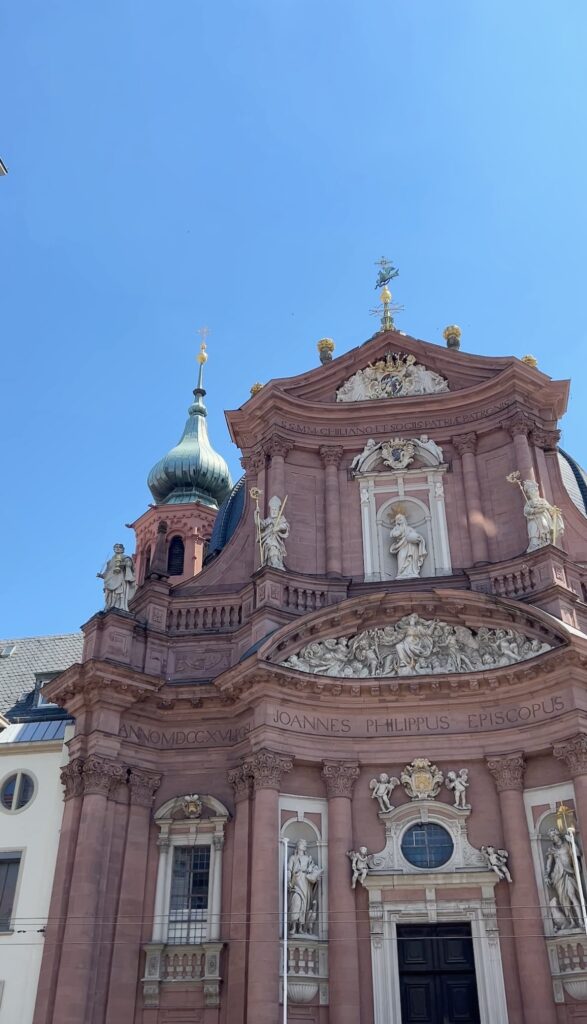
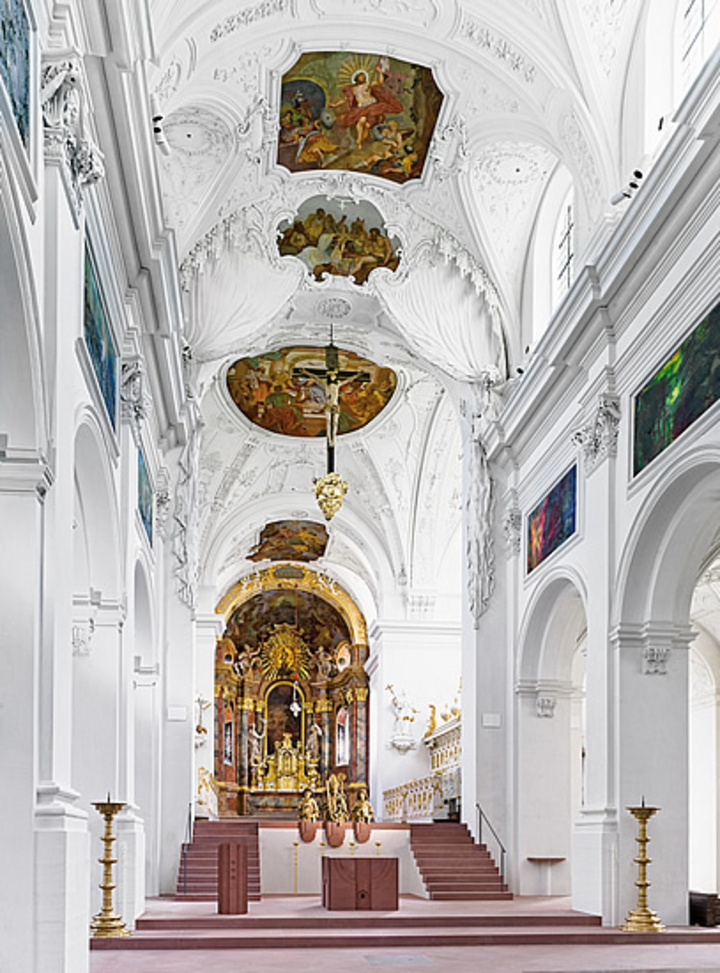
Where to stay in Würzburg
|
Primary Rating:
3.0
|
Primary Rating:
3.5
|
Primary Rating:
3.6
|
|
€26/night
|
€78/night
|
€104/night
|




